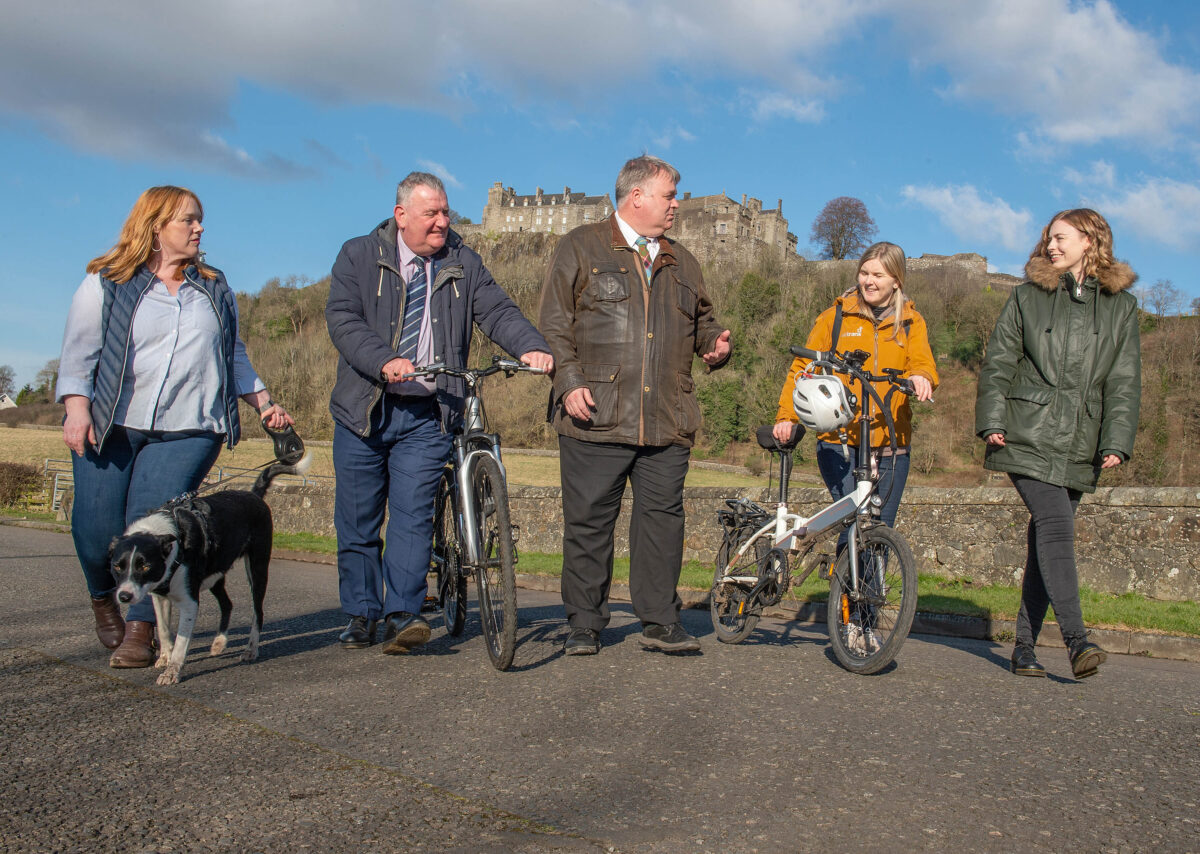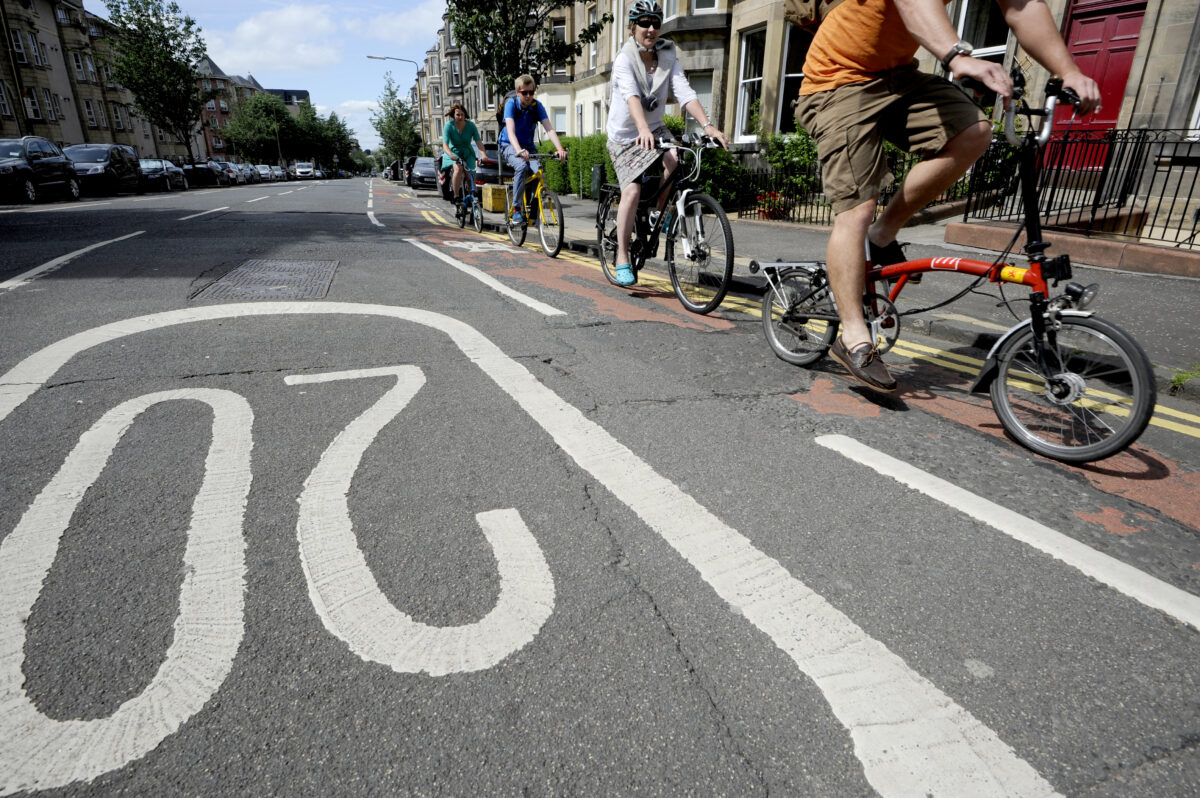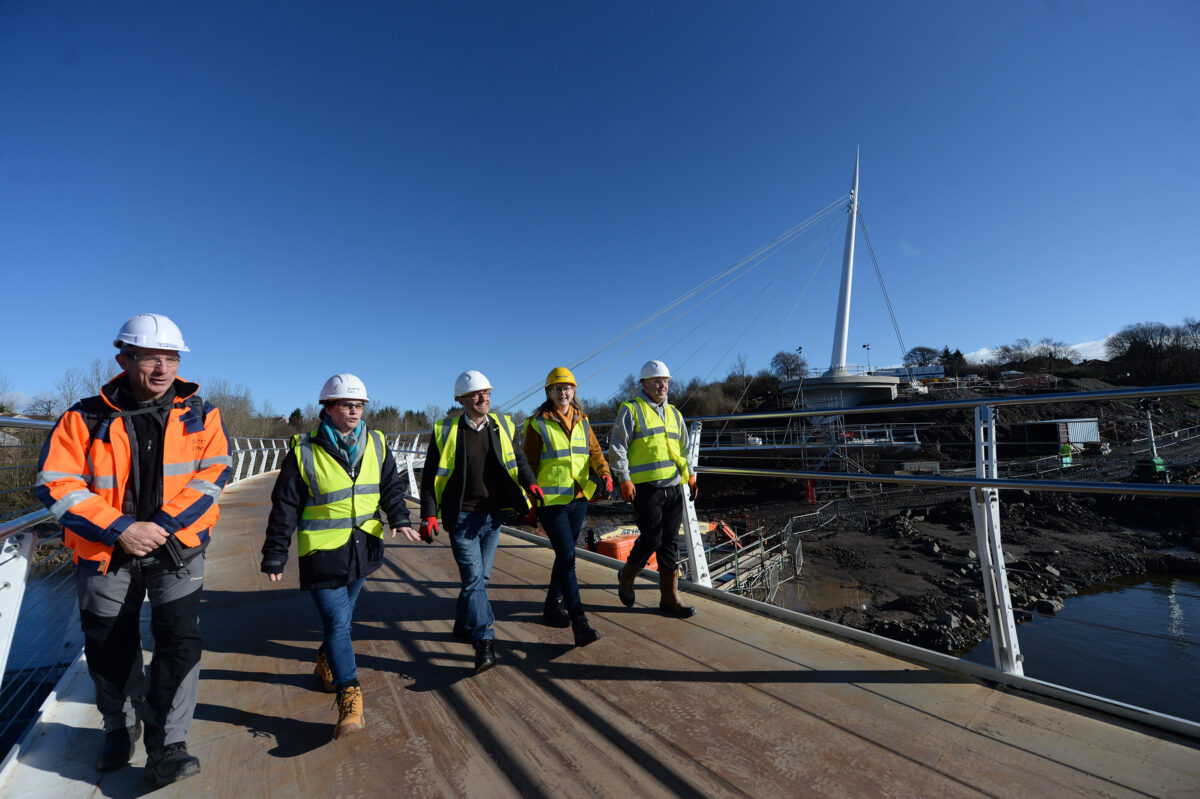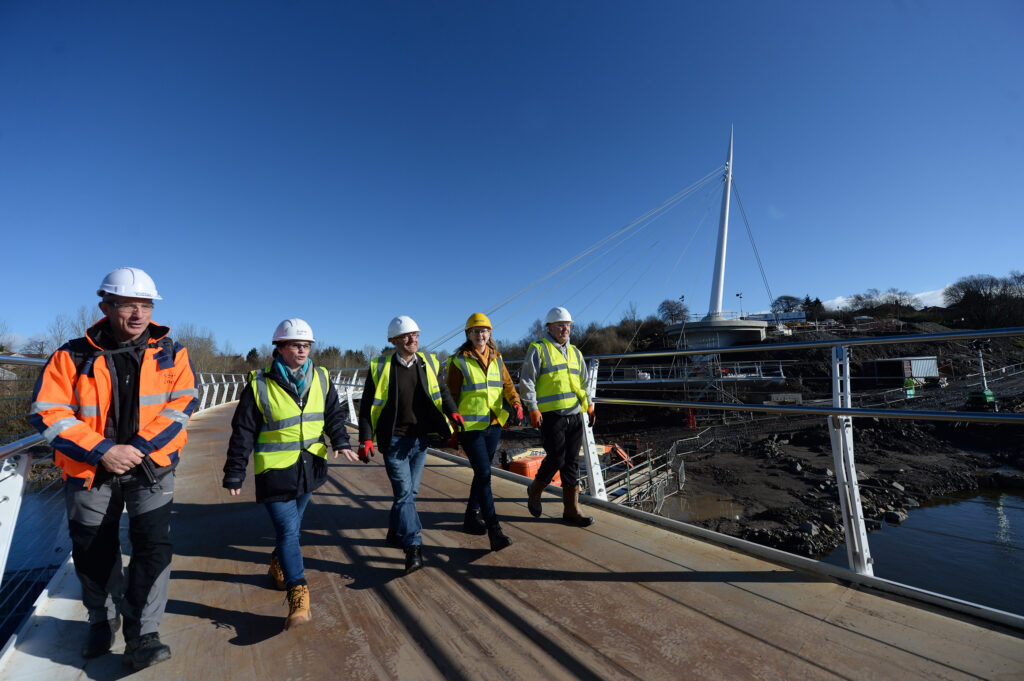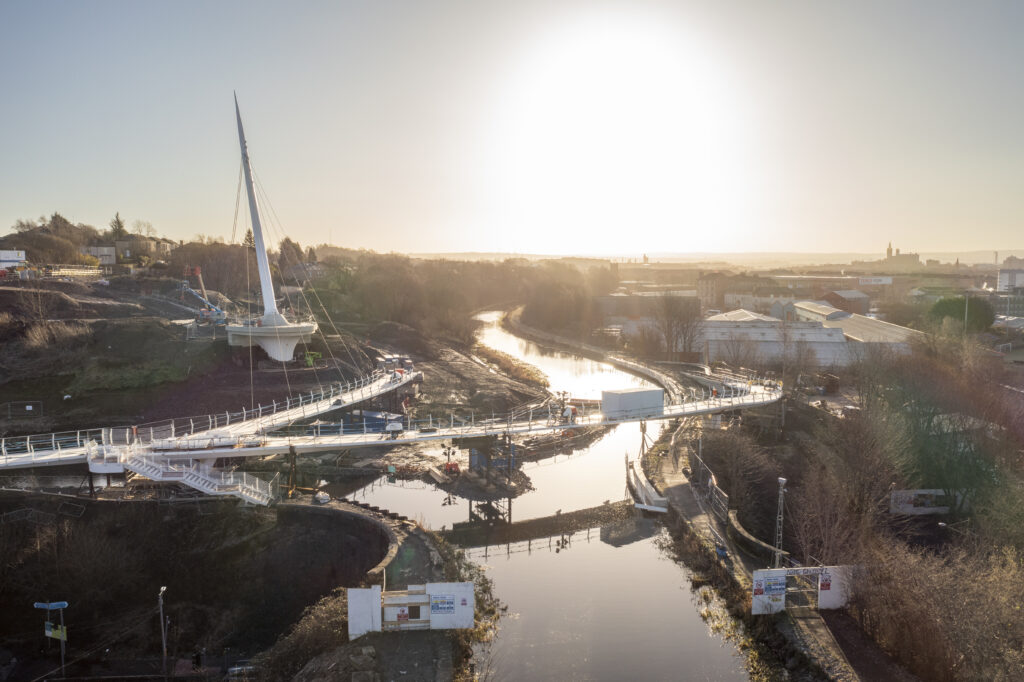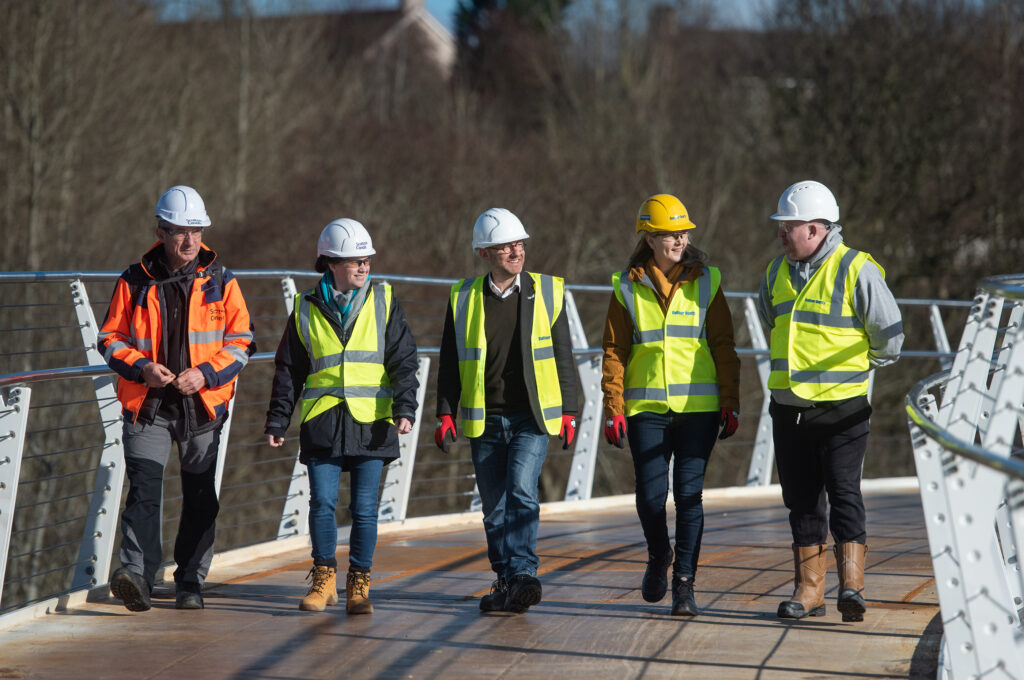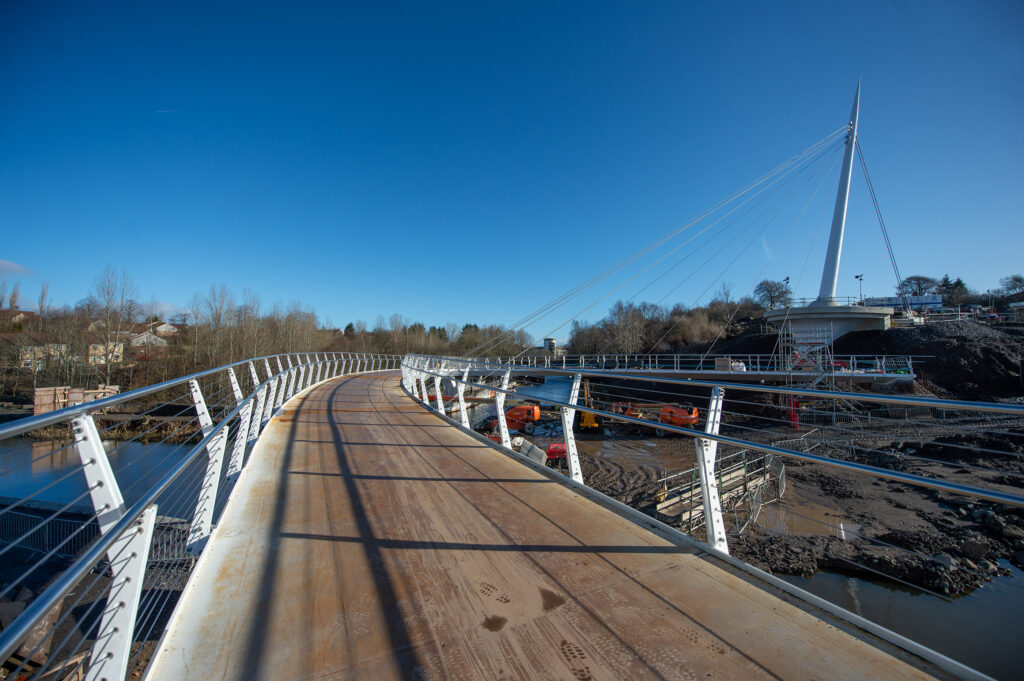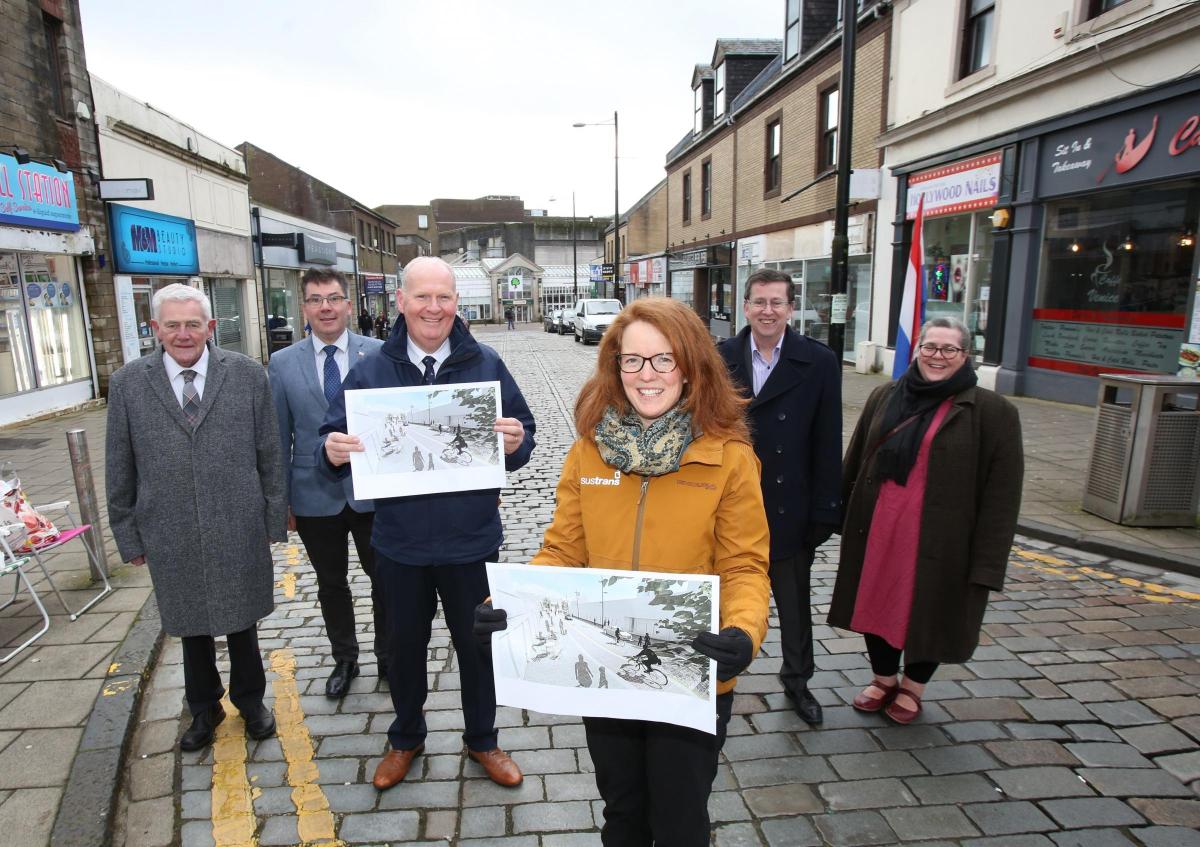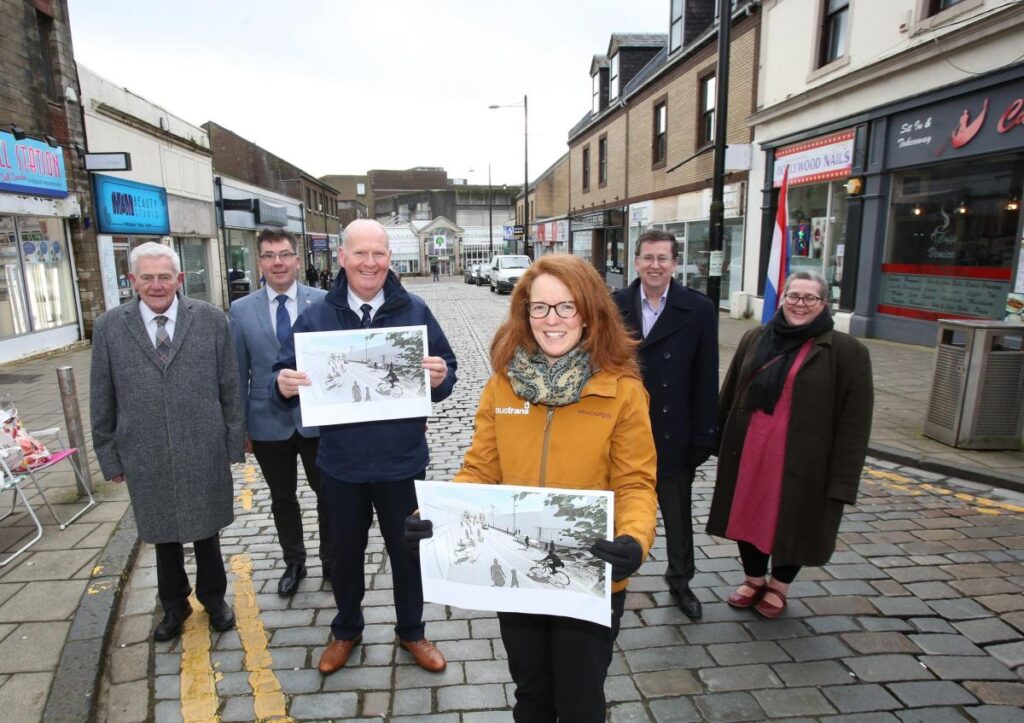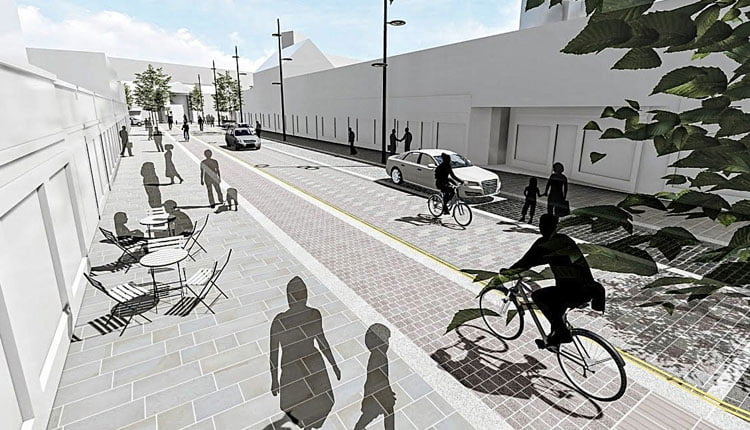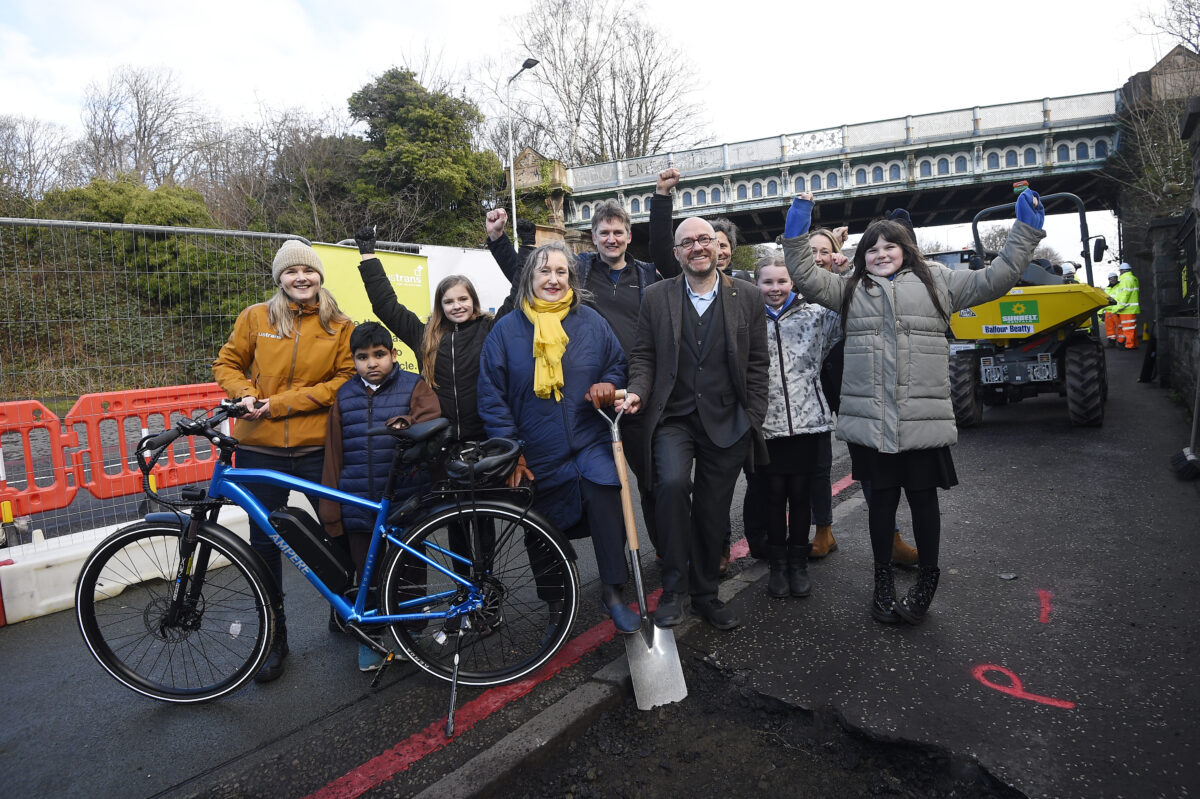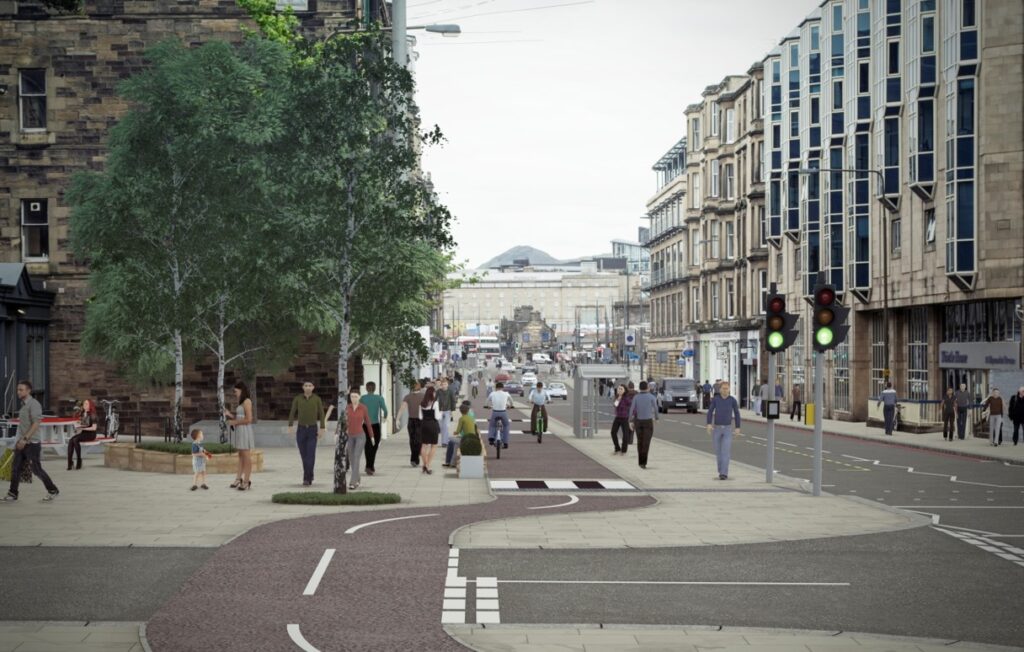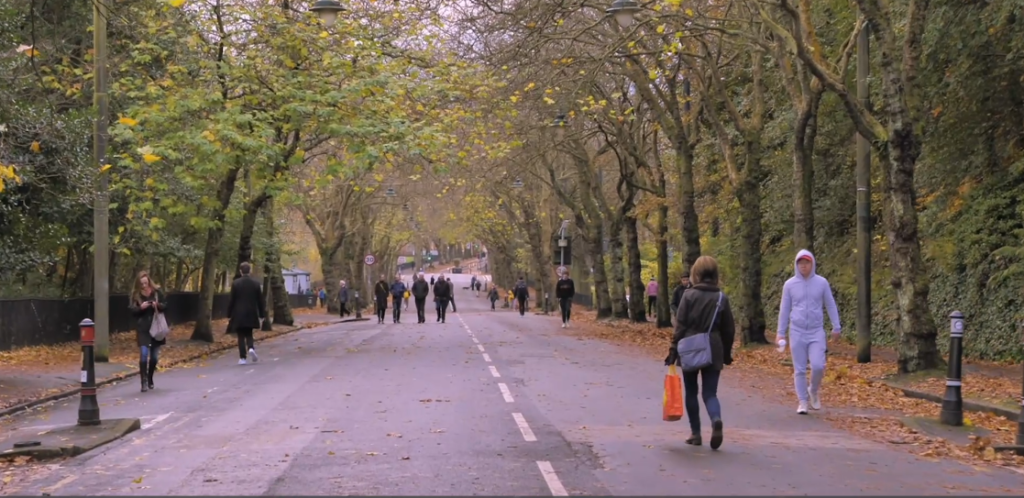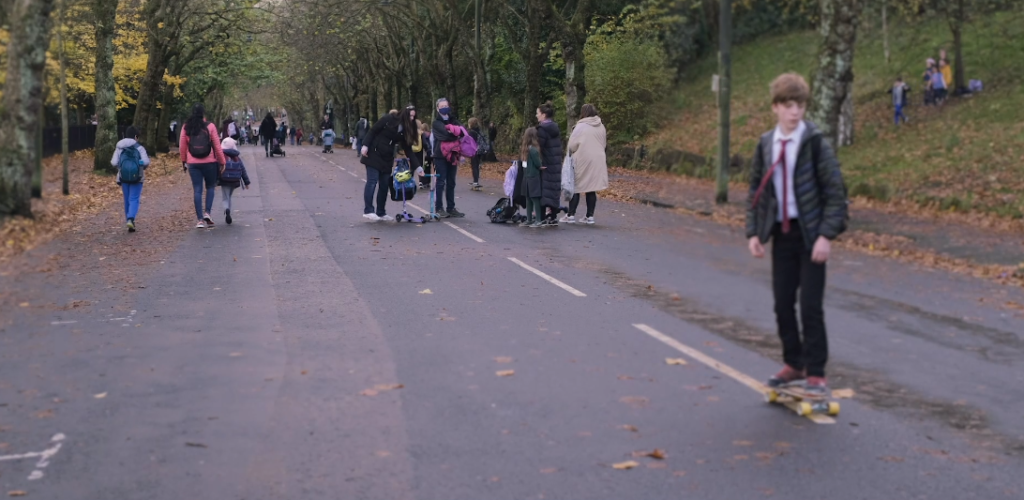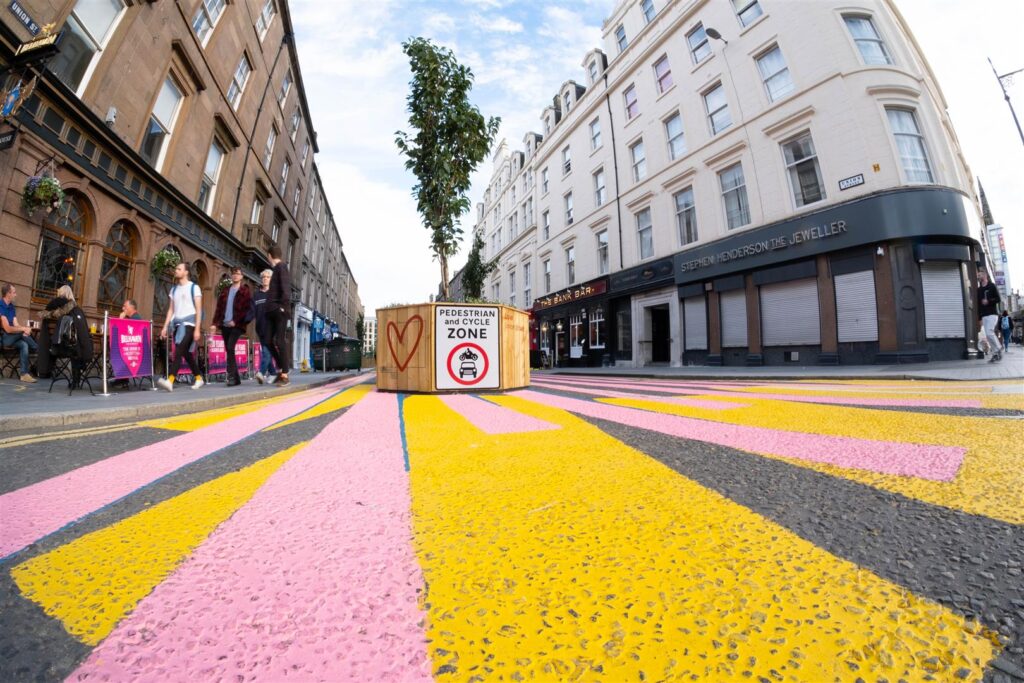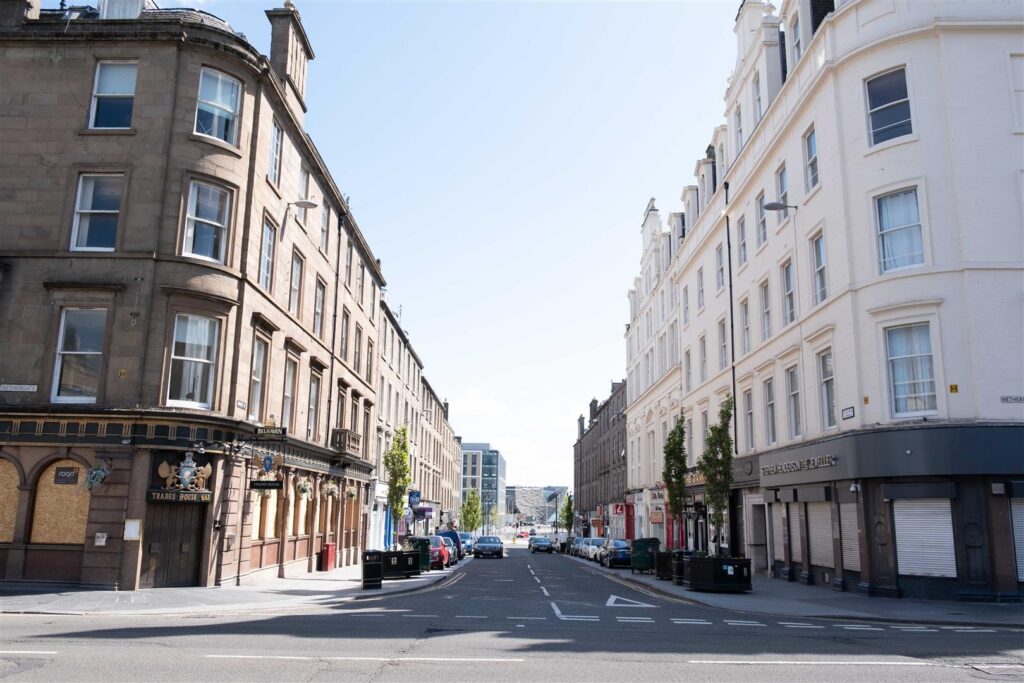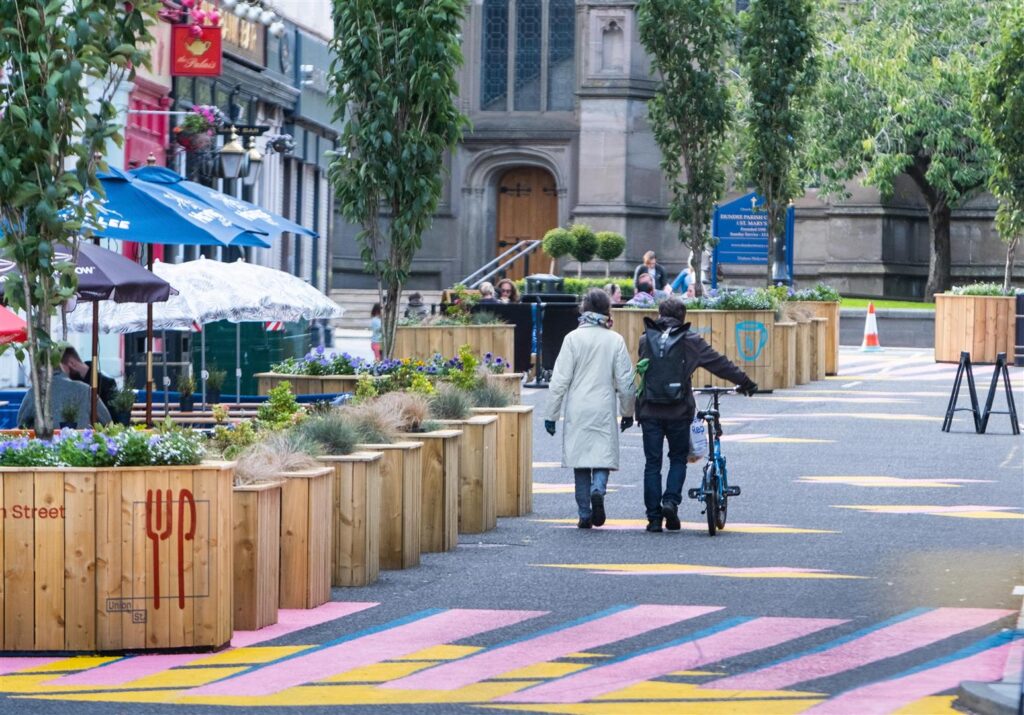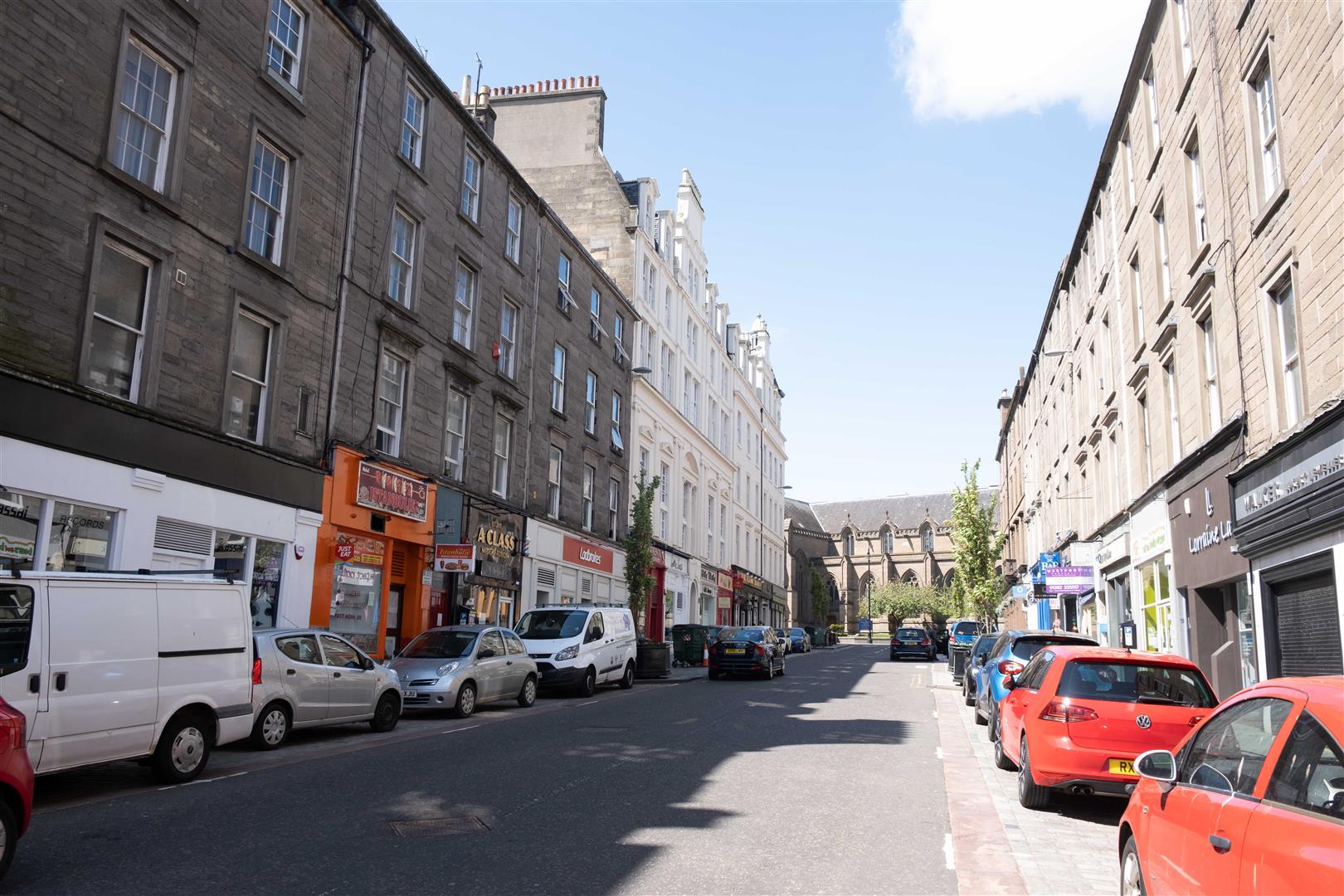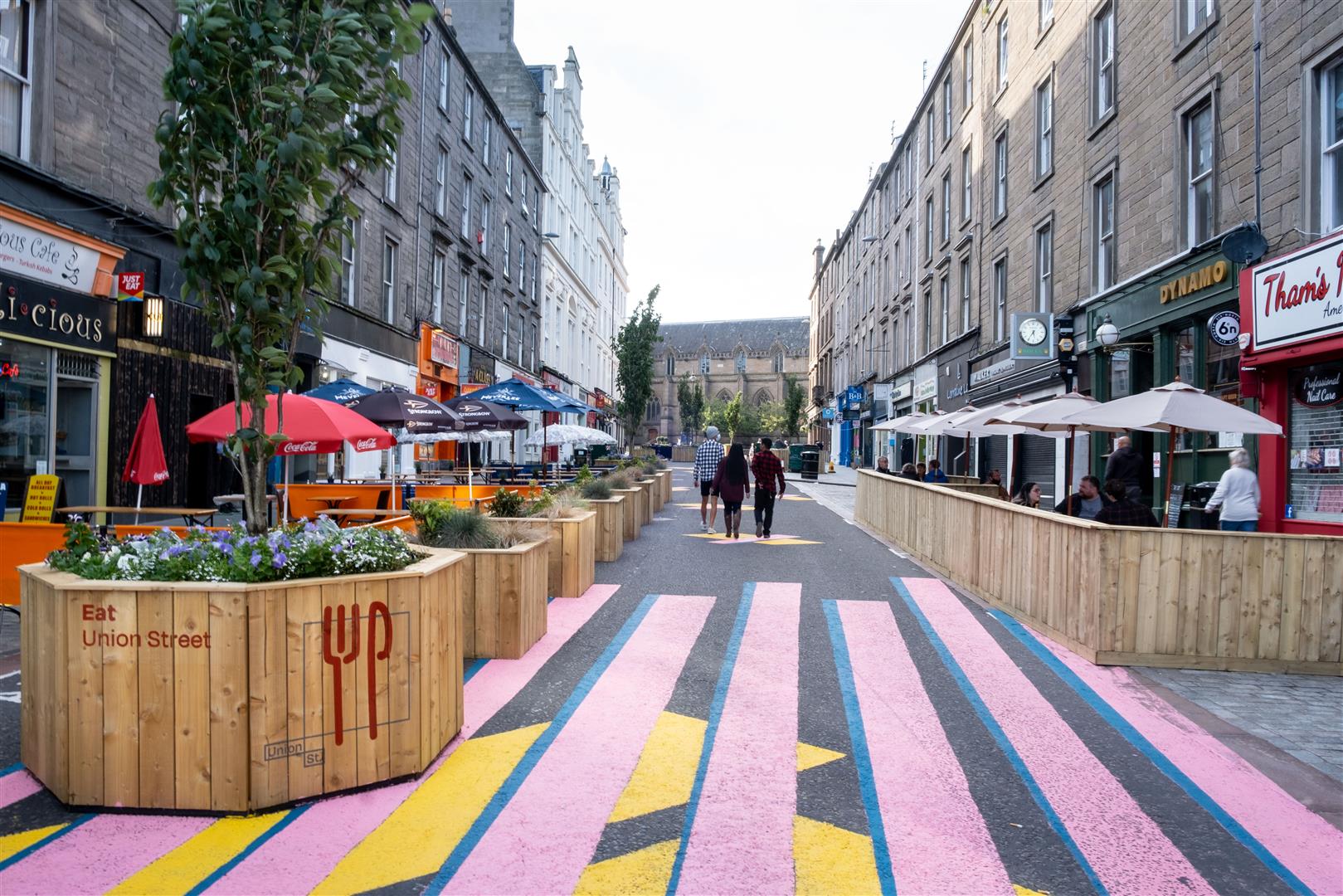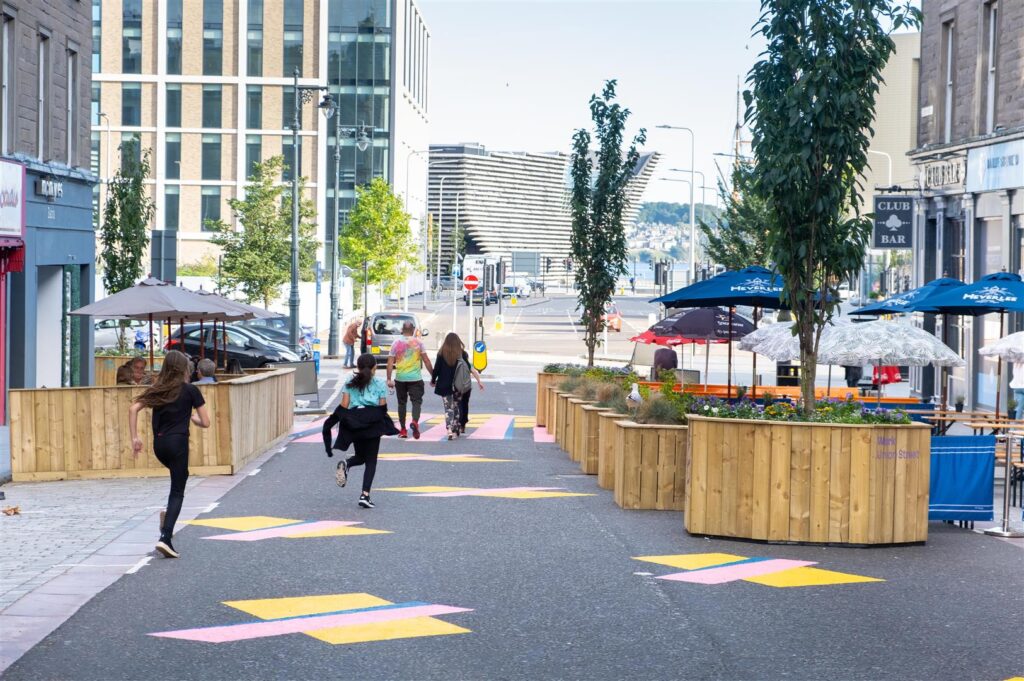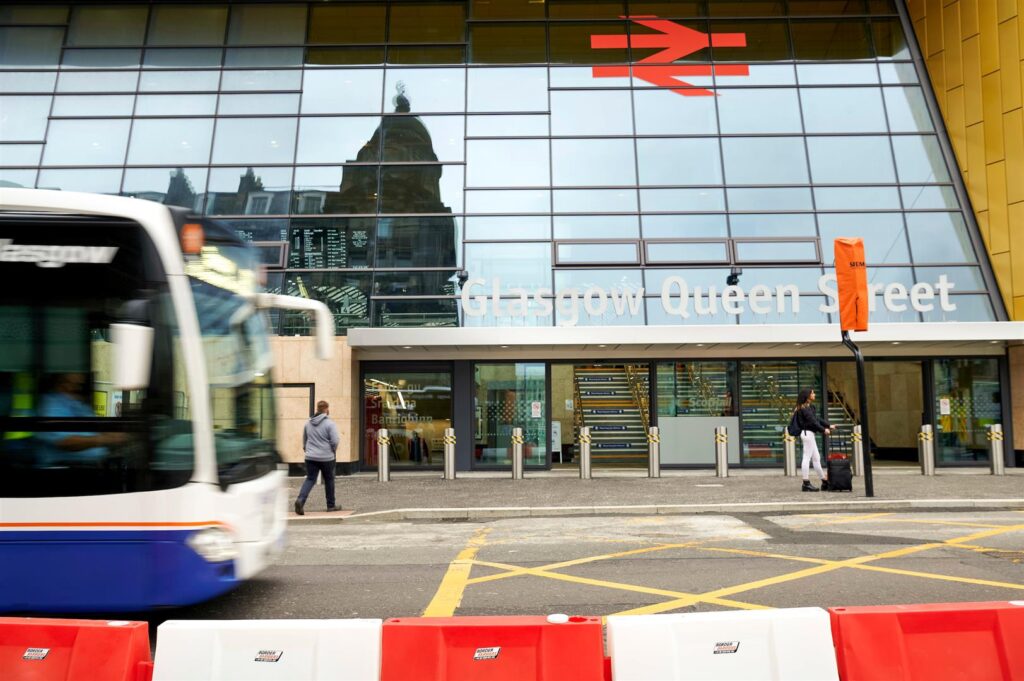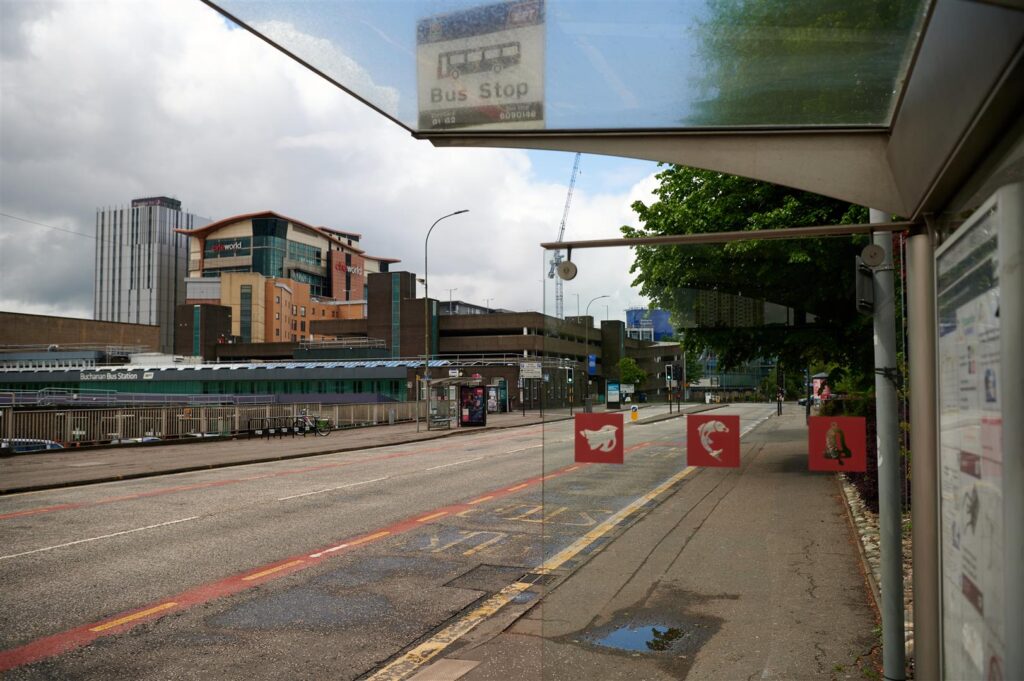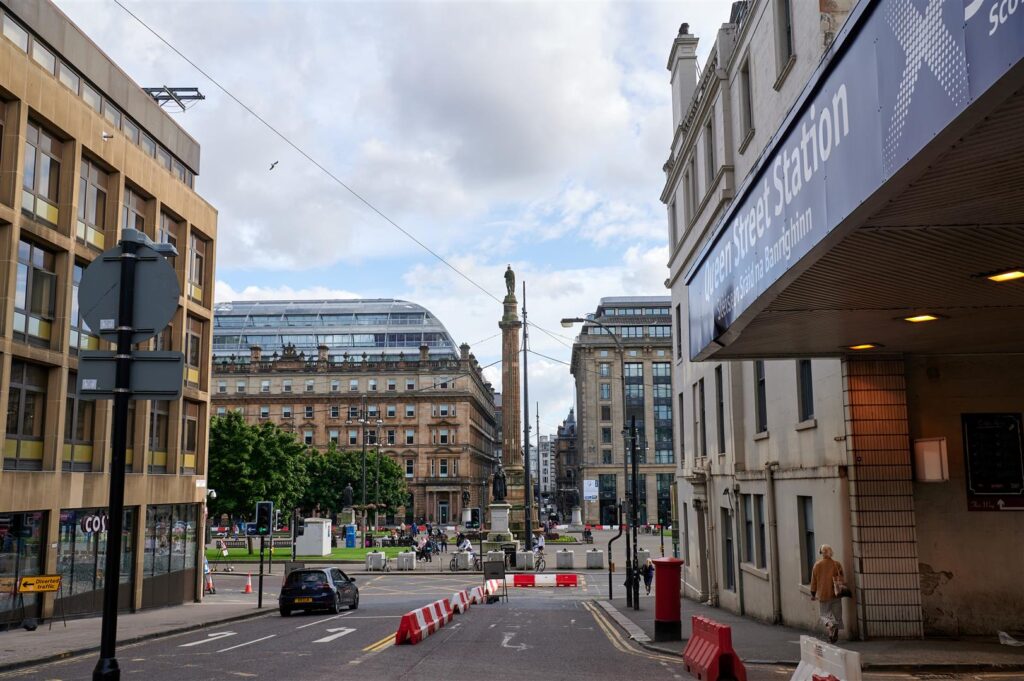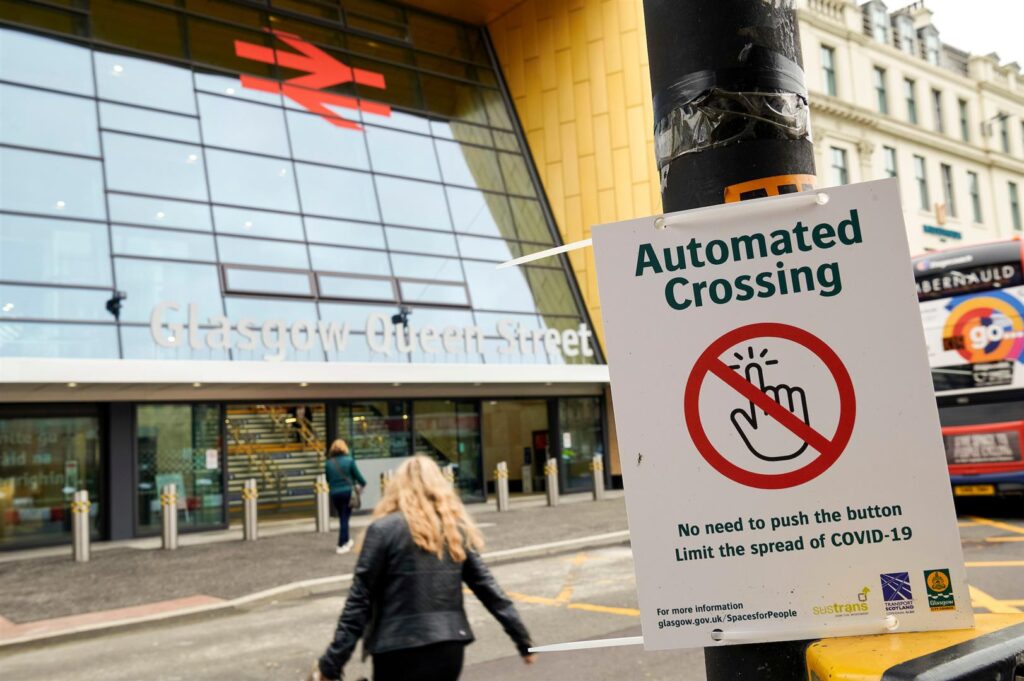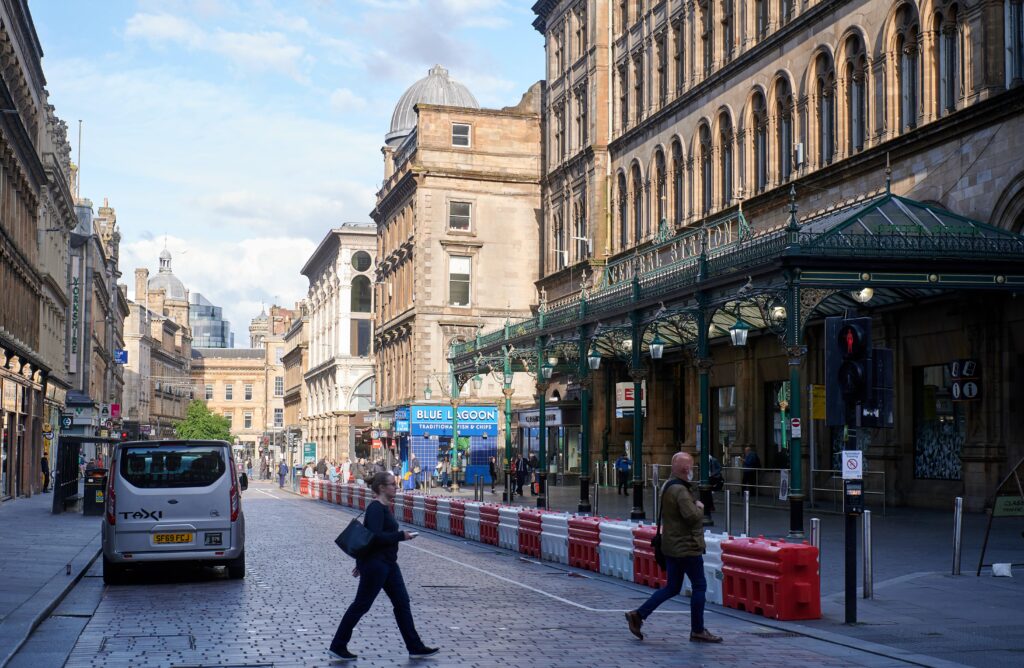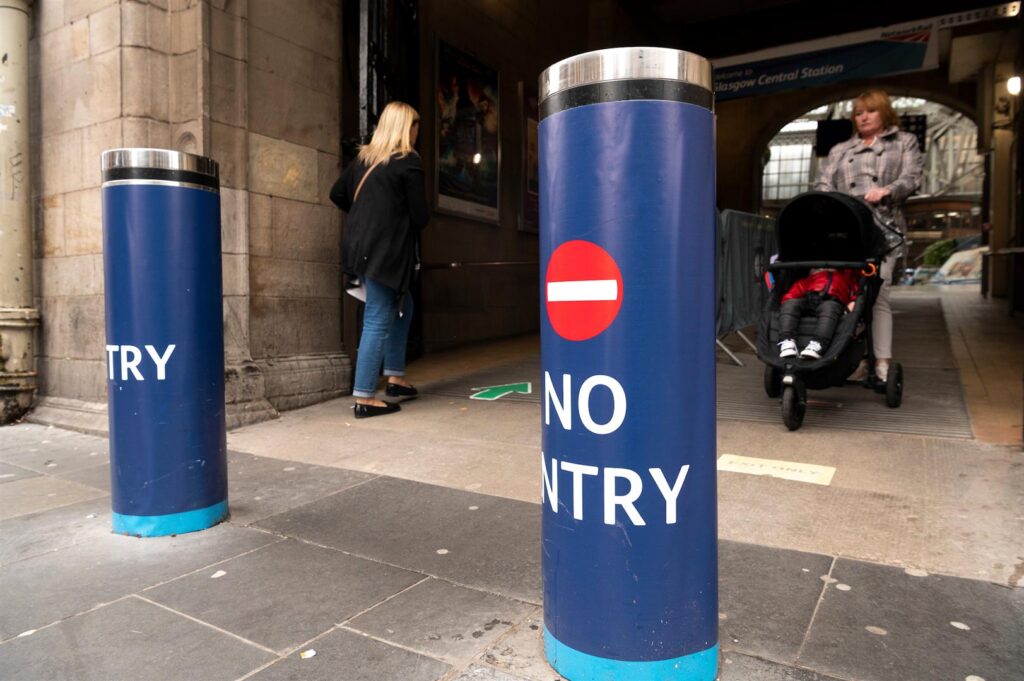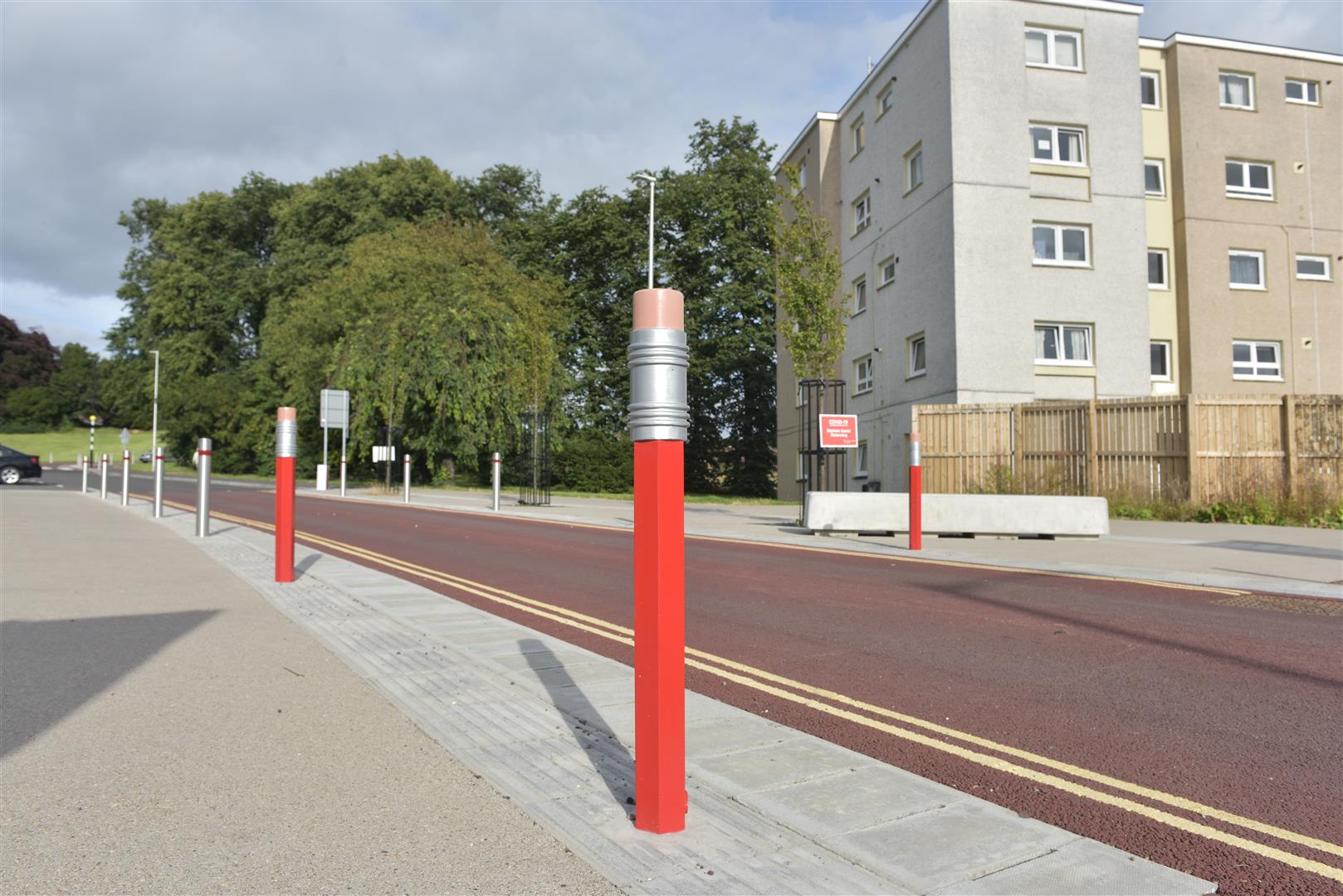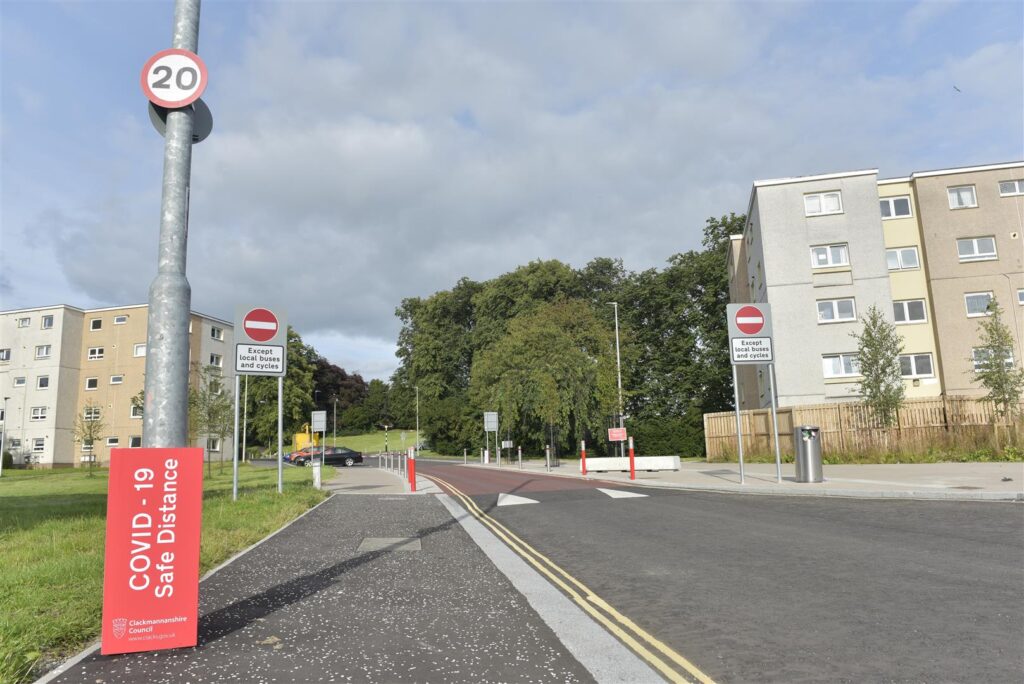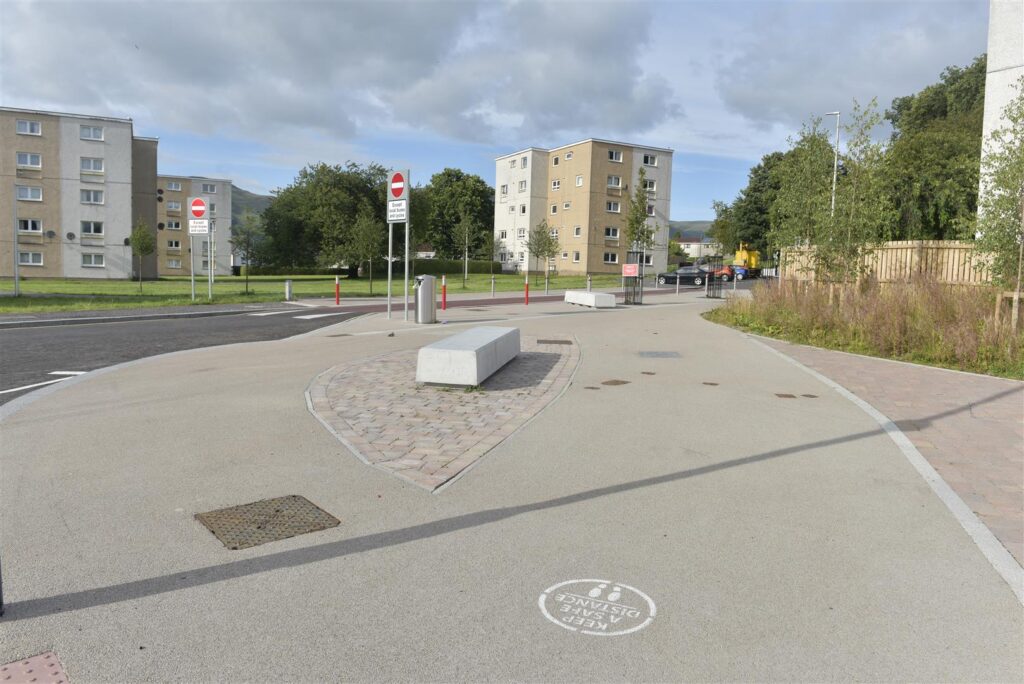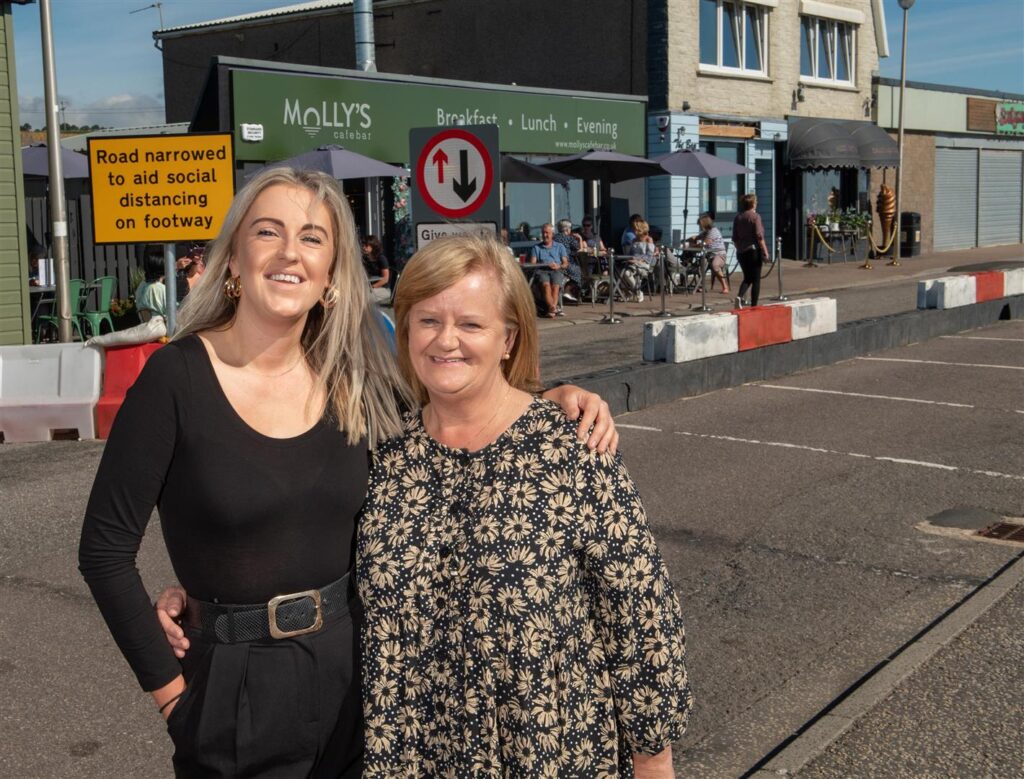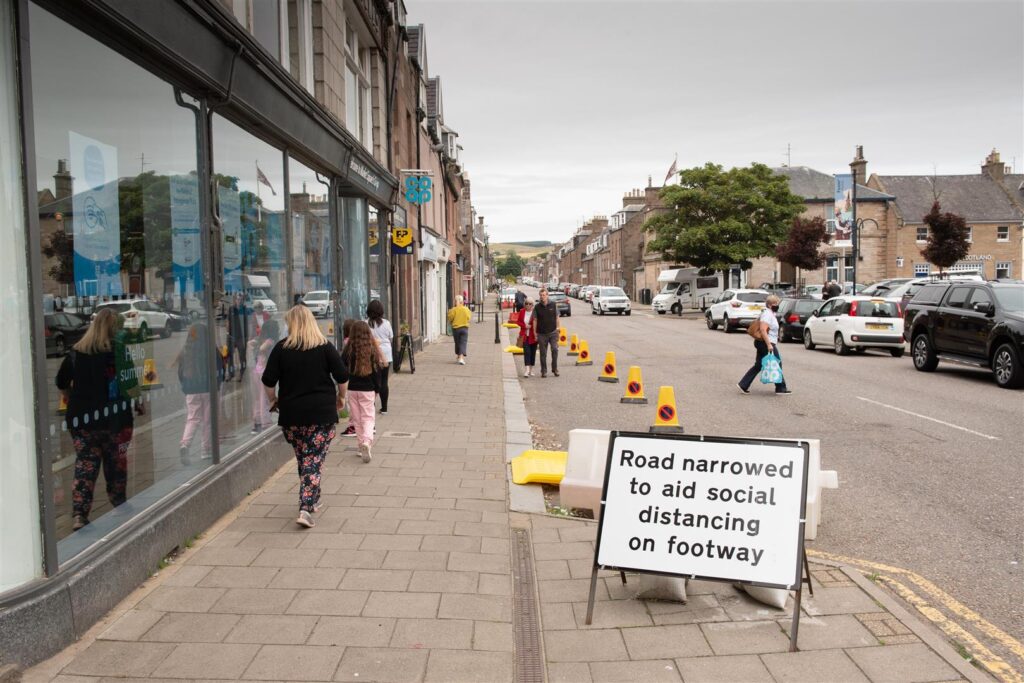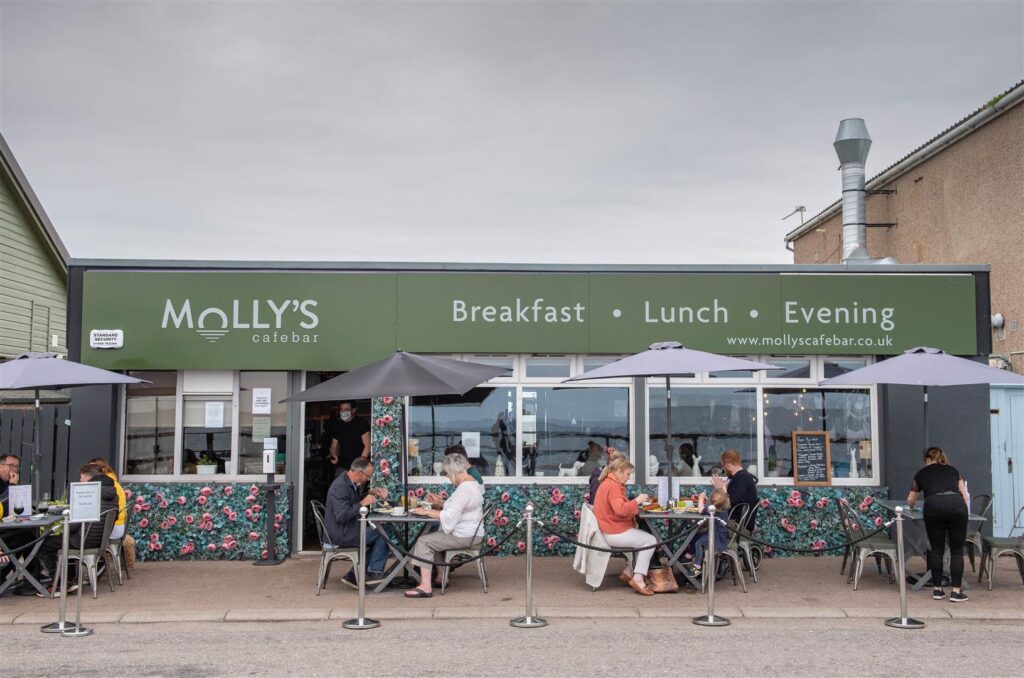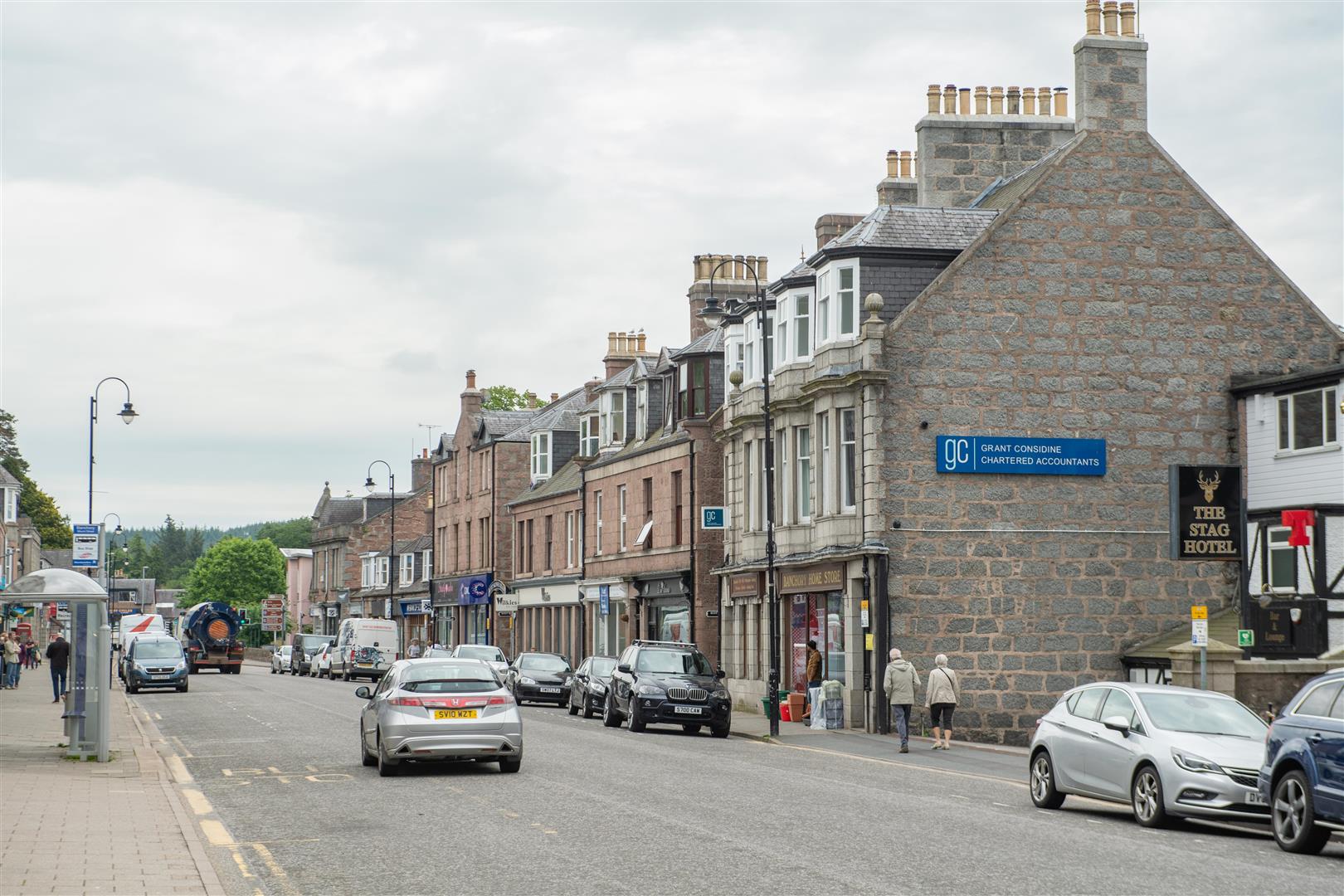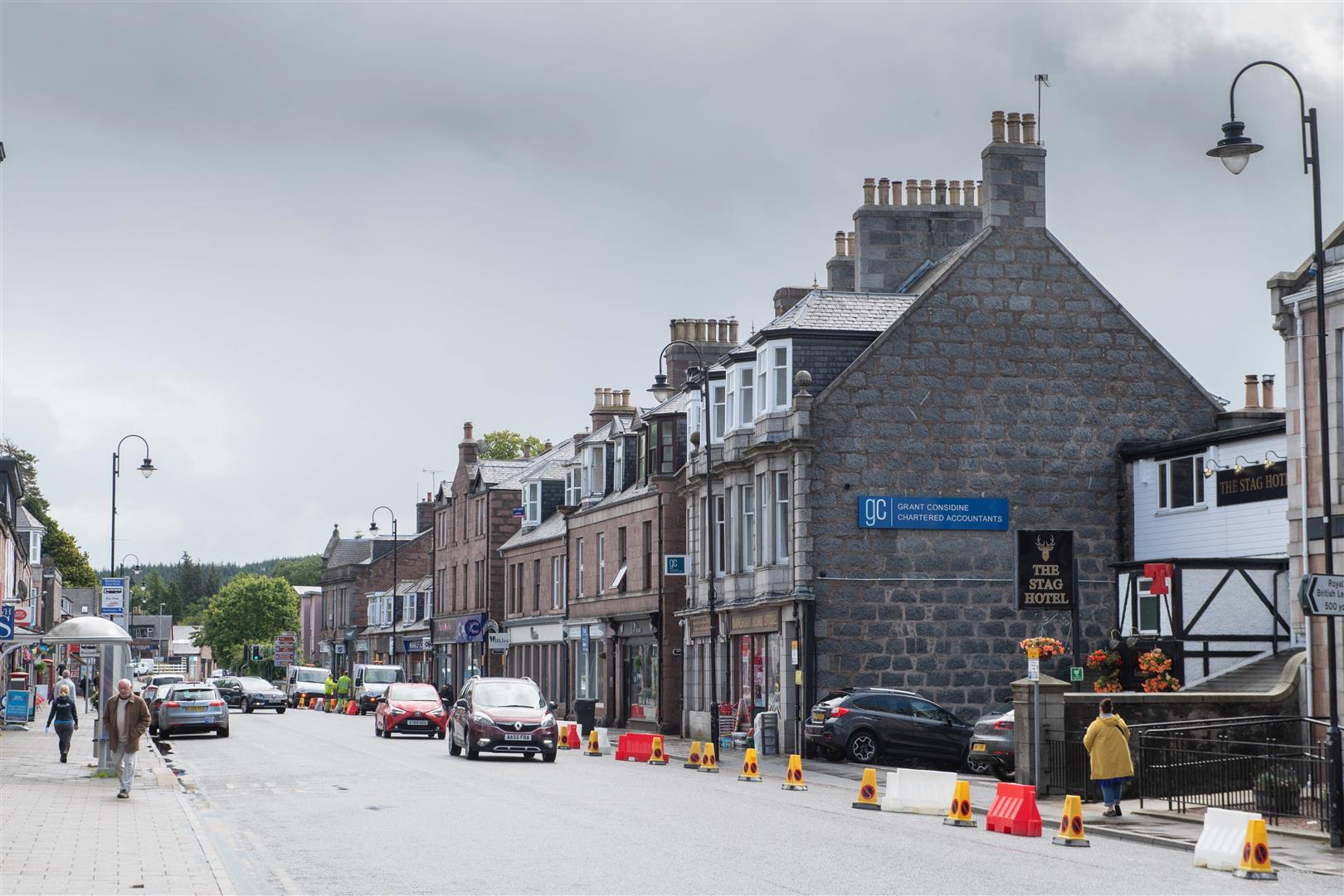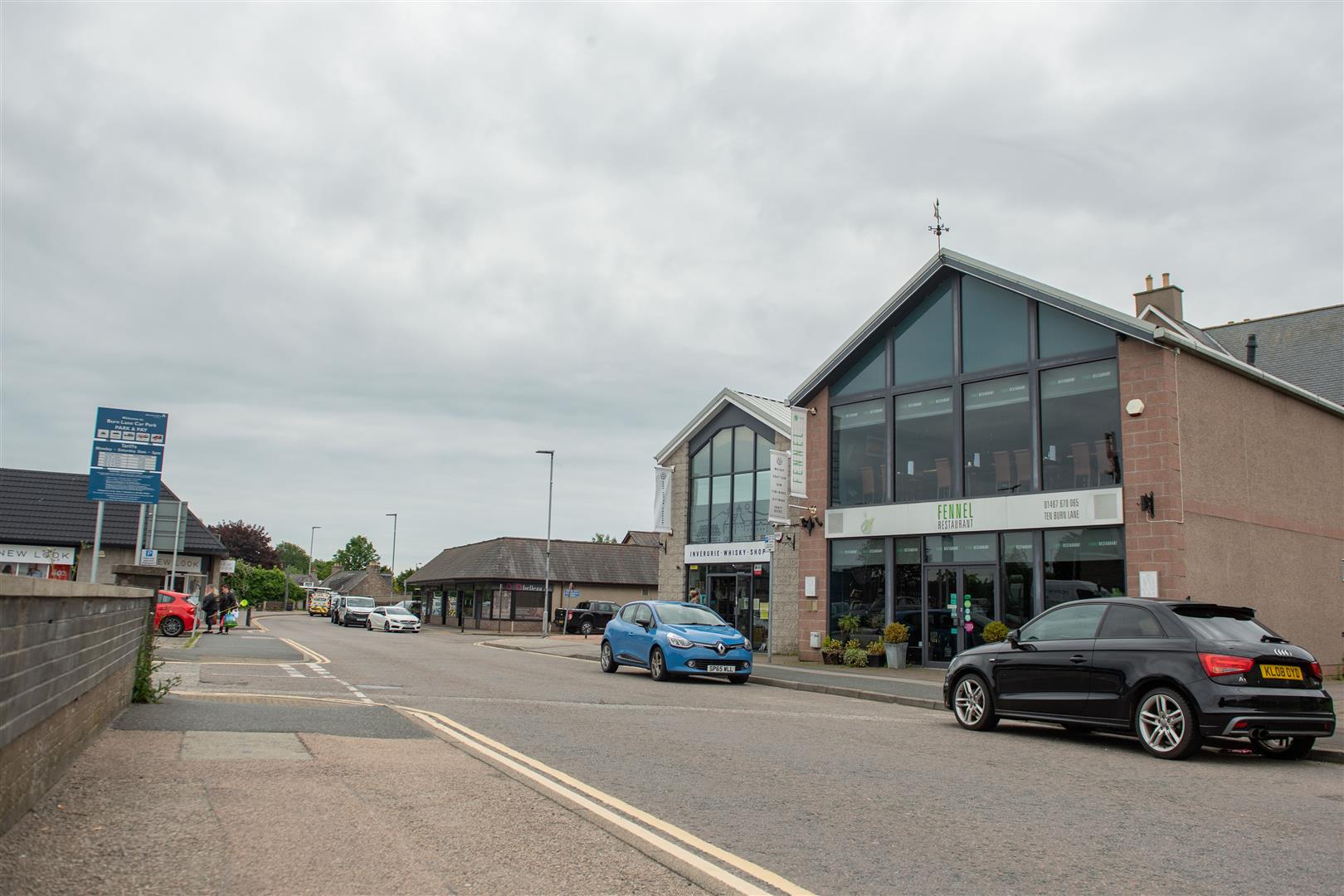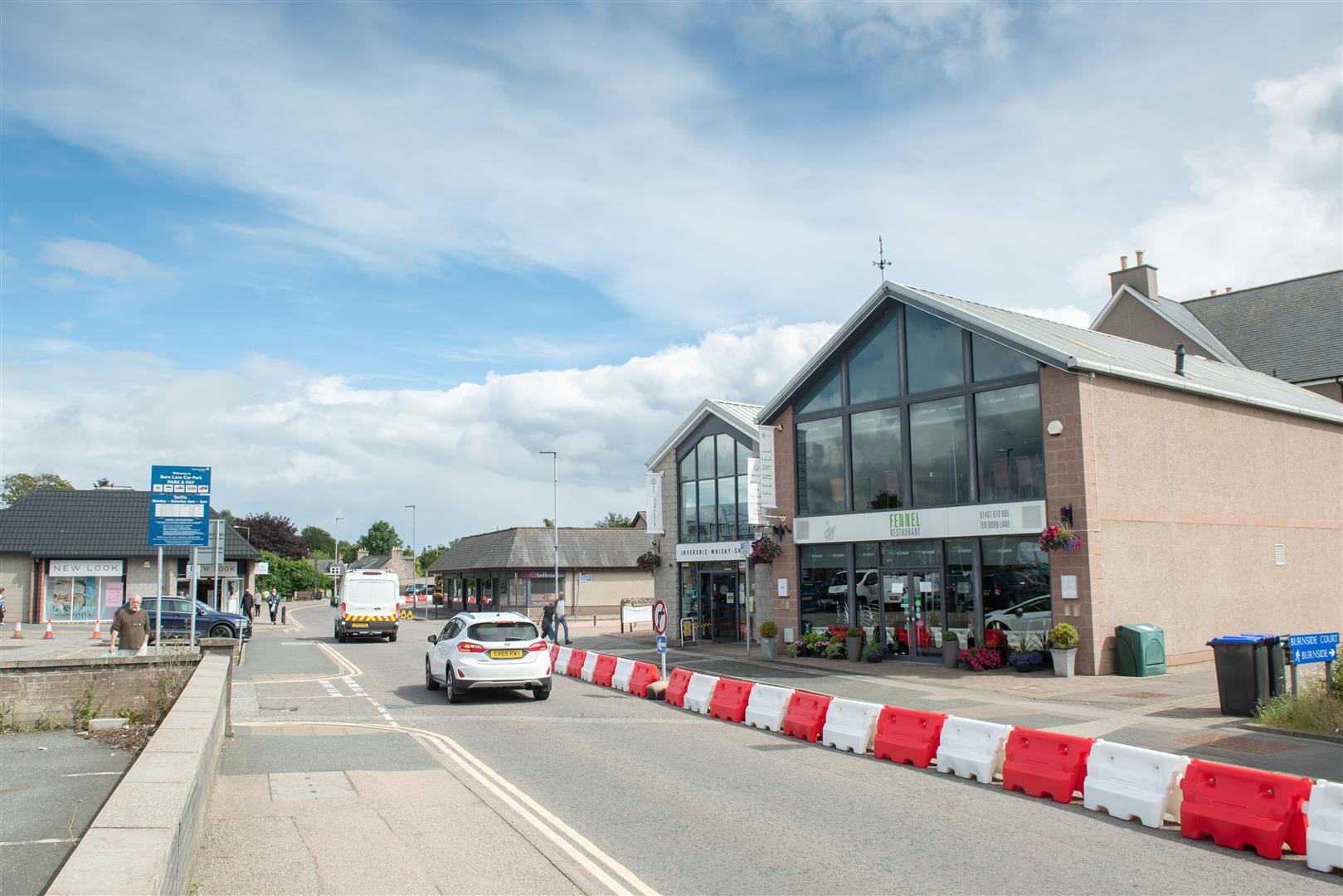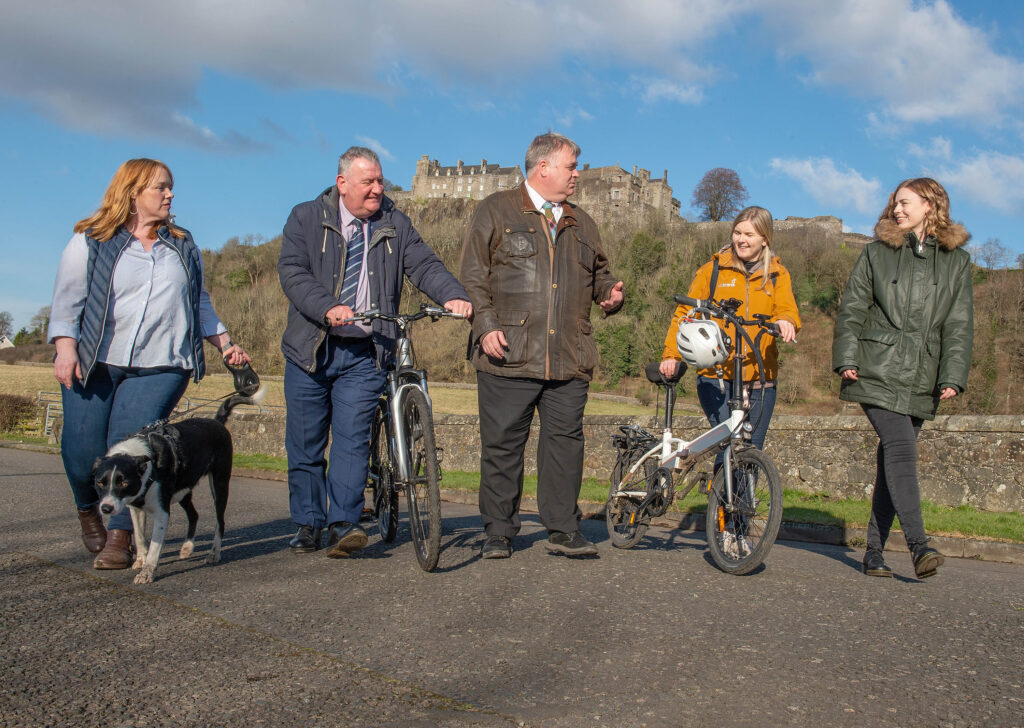
Construction of the Walk, Cycle, Live Stirling project is set to begin in March of this year.
A landmark project for the city, the scheme intends to not only improve safety and accessibility for those travelling by foot and wheel, but also seeks to increase economic activity and footfall for local businesses.
The project received £6.8m in funding from Places for Everyone, as well as £2.5m of Scottish Government investment from the City Region Deal and £258k from Stirling Council’s developer contributions allocation.
The city-wide plan also presents Stirling Council and partners with new place-making and tourism opportunities along the new routes, with the infrastructure also laying the foundations for future connections to Clackmannanshire and the wider Forth Valley region.
A detailed look
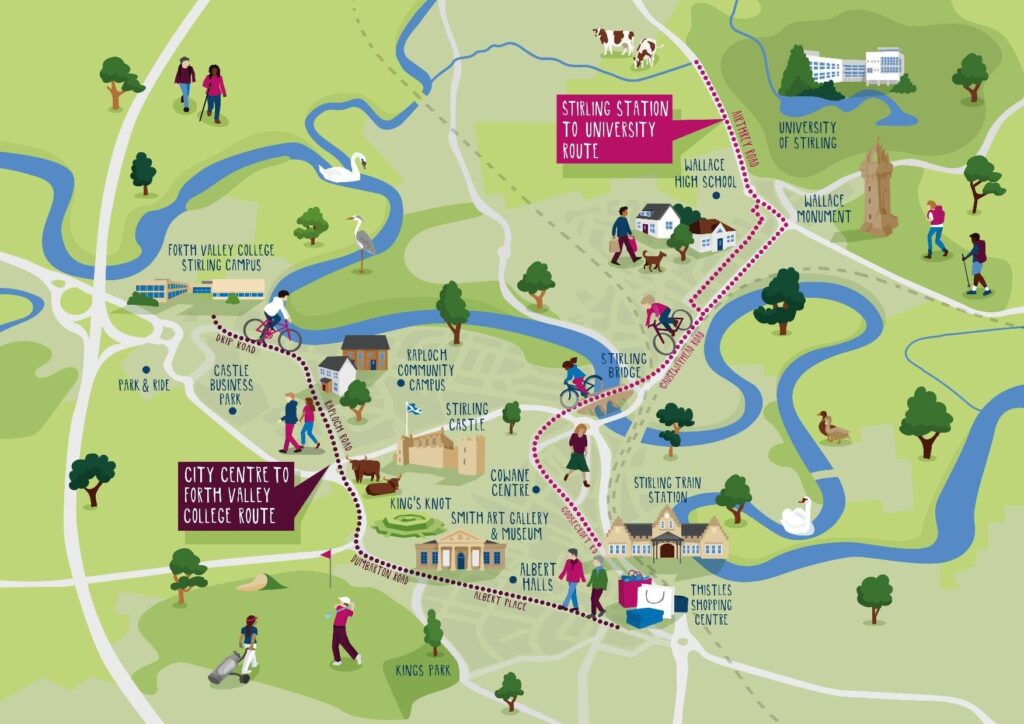
6.5km of new infrastructure will be created in total, smoothly interlinking with existing but currently disconnected routes across the city in order to connect communities, businesses and higher education institutes throughout Stirling for active travel for the first time.
Route one will provide a safe and accessible route between Stirling Train station and the University of Stirling, taking in iconic landmarks like Old Stirling Bridge and the National Wallace Monument along the way.
Route two will bridge the gaps between Forth Valley College and the City Centre along Albert Place, Dumbarton Road and Raploch Road, under the shadow of Stirling Castle.
The wider picture
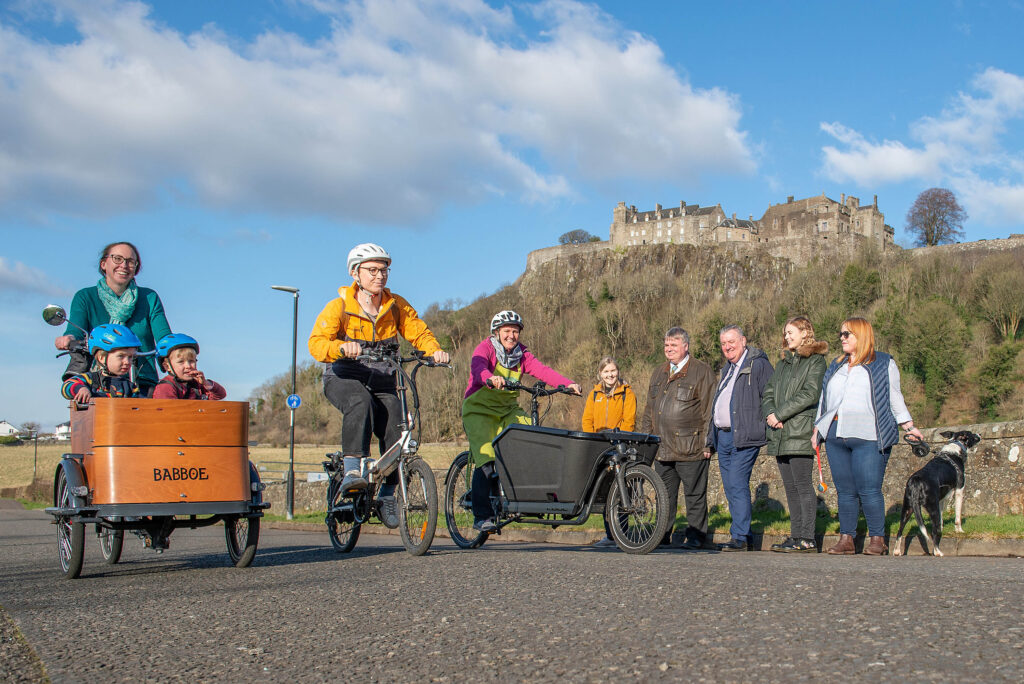
In attendance at a launch event for the project alongside local councillors, residents and business owners, Sustrans’ Portfolio Director Karen McGregor said:
“Walk, Cycle, Live Stirling is a truly transformative project that we at Sustrans are excited to be working on as part of our Places for Everyone programme. The project will make walking, wheeling and cycling safer and more enjoyable for everyone, making it easier for people to move between the iconic landmarks that make Stirling the unique place that it is.”
Karen McGregor, Sustrans
Stirling Council Leader, Cllr Farmer said:
“For the first time ever we’ll be able to create seamless sustainable travel options that link the institutions and businesses of our City with their local communities, setting a new standard of local active travel infrastructure.
Cllr Farmer, Stirling Council Leader
This investment will make it easier to walk or wheel around Stirling and we hope this improved and increased access will not only meet the growing demands for better active travel infrastructure, but embed a culture that embraces cycling, walking and wheeling in the everyday lives of the people who live, work and visit Stirling.”
As one of the cornerstone projects of the £90.2million Stirling and Clackmannanshire City Region Deal, Walk, Cycle, Live Stirling delivers connections which extend far beyond the city itself, whilst also further emboldening the Scottish Government’s plan to tackle climate change.
Clackmannanshire Council Leader, Ellen Forson said:
“I am delighted to see this project start to take shape. It will improve connectivity for our residents by providing a link to routes already established in Clackmannanshire, and is a great example of partnership working through the Stirling & Clackmannanshire City Region Deal.”
Cllr Forson, Clackmannanshire Council Leader
Scottish Government Economy Secretary Kate Forbes said:
“These walking and wheeling corridors will promote more sustainable travel, healthier lifestyles and opportunities for tourism while connecting Stirling’s educational institutions, businesses and communities.
Kate Forbes, Scottish Government Economy Secretary
This is helping deliver the bold and ambitious actions we need to help reduce carbon emissions to net zero and encourage sustainable economic growth.”
Initial construction will start in tandem on Raploch Road East near the King’s Knot, and Airthrey Road near the University.
The project is due to be completed by March 2024, whereupon Walk, Cycle, Live Stirling will serve as a major active travel network for communities across the wider Stirling landscape.
